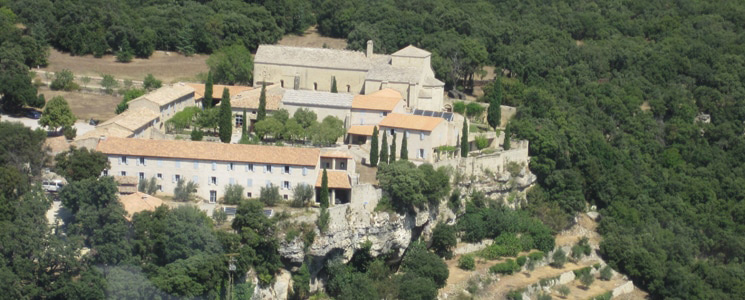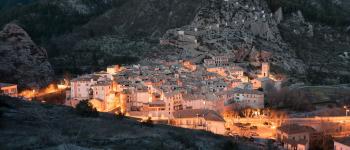
Founded in the 10th century by Bishop Jean II of Sisteron and attached to Cluny shortly after its completion, this monastery, which has been home to a community of Hautecombe Benedictine monks since 1992, can be visited in its west wing.
It is famous for its medieval mosaics located in the central apse of the church and which constitute a true jewel of Romanesque art. Realized in the 12th century, these remarkable polychrome mosaics, of oriental influence, are decorated with geometric motifs and fantastic animals.
A real treasure that this mosaic of 72m2, located in the central apse.
Initially more extensive, 82m2, the central part was destroyed by the collapse of the dome in the sixteenth century or during the demolition of the church in 1794.
Its size and artistic quality make it unique in France.
Some reminiscences of Byzantine motifs recall the role of Provence in antiquity.
The whole evokes the oriental carpets well known in the Europe of the XIIth century.
Another marvel to be discovered, the magnificent portal of the church, with its carved tympanum representing Christ in Majesty.
Another treasure, the library of the priory, rich of 100.000 volumes of which some very precious manuscripts composed in the XIIth century.
This represents five km of shelves classified by themes.
Carved into the rock of the plateau on several levels, it was arranged and designed to ensure that the books have a constant temperature and humidity level allowing them to be preserved in the best conditions.
The Abbey's production is also sold in stores all over France, as well as at Divine Box.
Notre-Dame de Ganagobie Abbey
The Priory
04310 Ganagobia
Tel: 04 92 68 00 04
https://www.abbaye-ganagobie.com/






